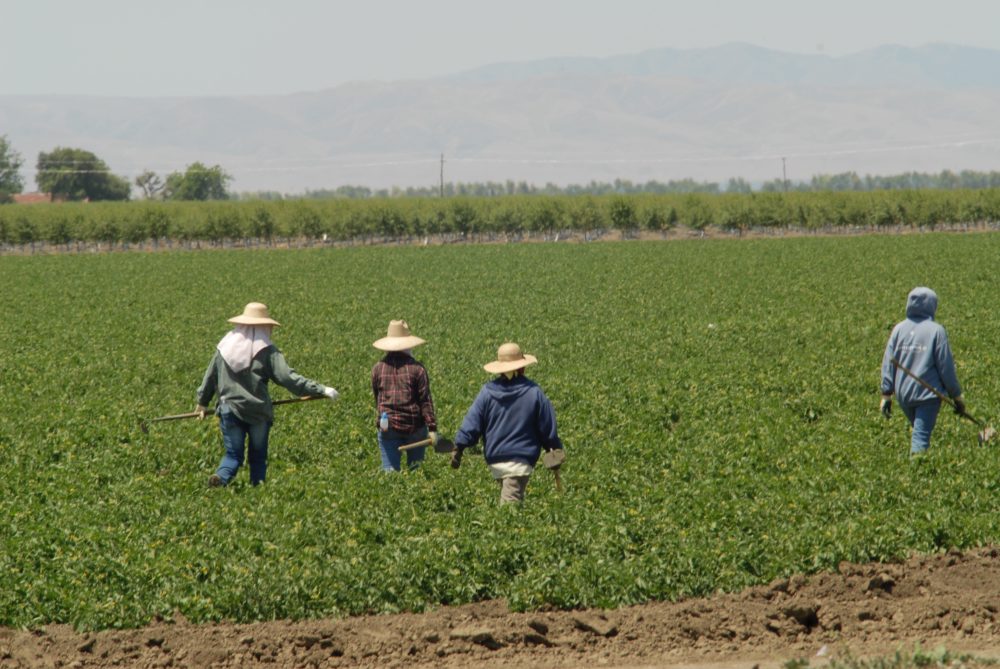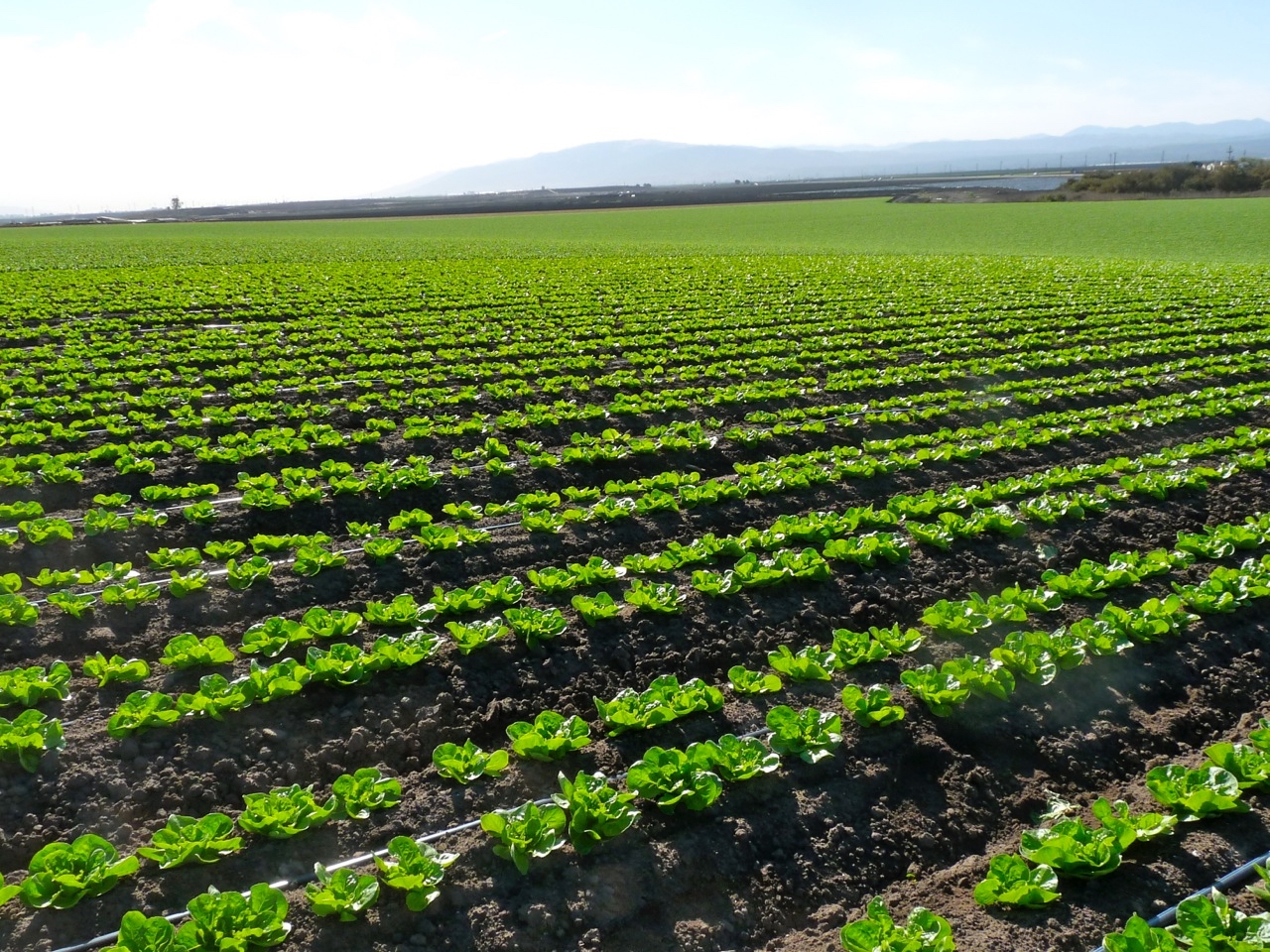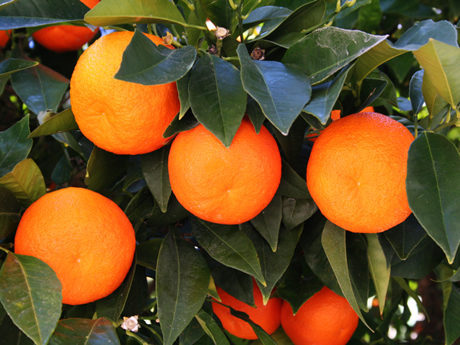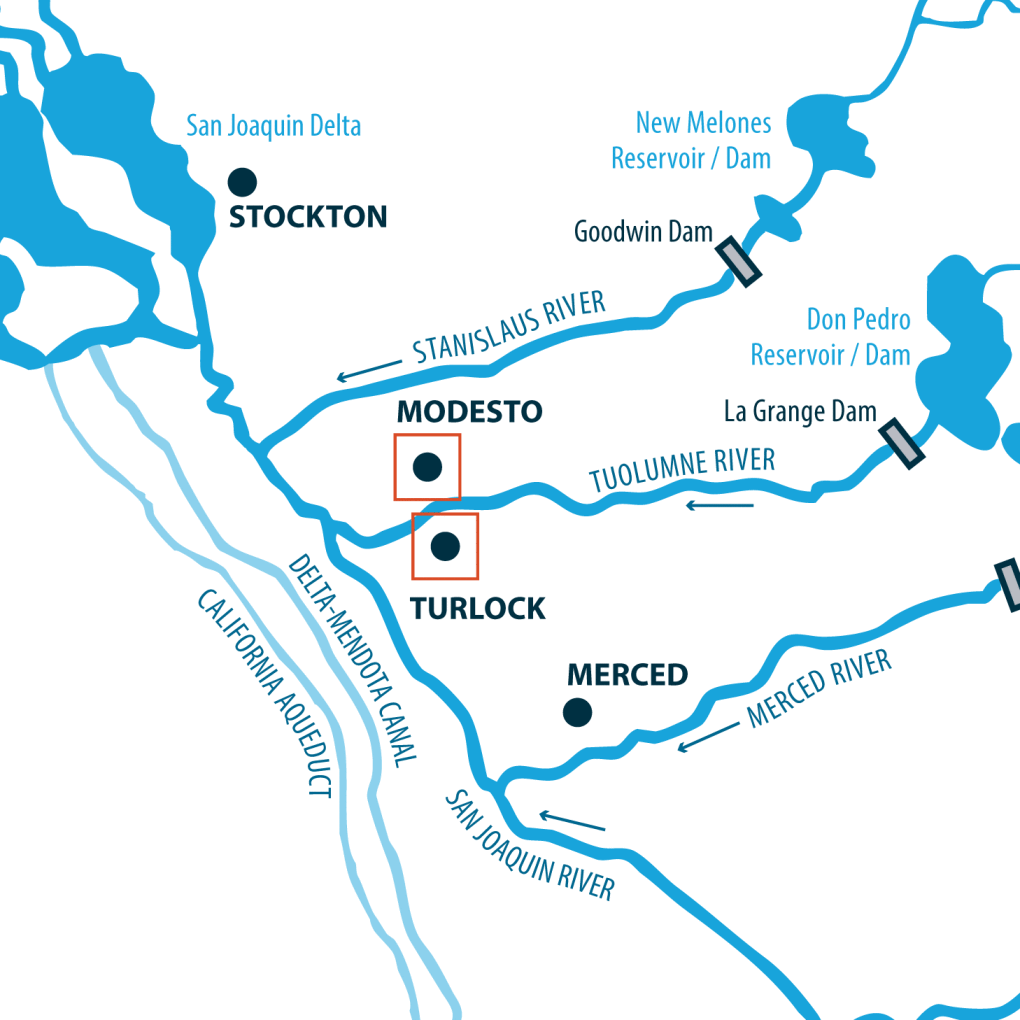Produce Rule is Now Mandatory
Produce Rule Now In Effect
By Sonia Salas, Western Growers, Director of Science and Technology
It’s official: Since January 26, domestic and international produce farms designated as “large” (those with annual sales greater than $500,000) are expected to comply with most provisions of the Produce Safety Rule, a federal law created under the Food Safety Modernization Act (FSMA). Smaller farms will be phased in over the next few years.
The Produce Safety Rule is mandatory throughout the United States and applies to both domestic and imported produce. Any produce farm found to be out of compliance may be subject to regulatory action. The State Departments of Agriculture play a key role in education, outreach and enforcement activities.
The California Department of Food and Agriculture (CDFA) recently announced that it will be launching a new Produce Safety Program, which will operate as part of its Inspection Services Division. This program has been created specifically to conduct on-farm inspections on behalf of the U.S. Food and Drug Administration (FDA) and will be used to verify compliance with the Produce Safety Rule.
Additionally, the program will distribute educational information designed to assist California produce farms in understanding the requirements and how to comply with the rule. More information about CDFA activities can be found in their Produce Safety Rule Fact Sheet. The Colorado and Arizona Departments of Agriculture are likewise taking the lead to enforce this rule and educate growers in their respective states.
The focus in 2018 is on education and on-farm readiness. While on-farm inspections are not likely until 2019, Western Growers encourages members to meet compliance deadlines and has developed resources to help members get ready, including an implementation guide and self-audit checklist, available on our FSMA Portal.
Below is a list of Western Growers’ resources and upcoming training to help growers with the FSMA Produce Safety Rule:
FSMA Portal: Click here to access the portal.
Produce Safety Rule Resources Portal (a full Implementation Guide with audit checklist will be available for download tomorrow): Click here to access the portal.
Webinar on February 26: Are you FSMA Compliant?: Click here to register.
Industry Workshops: Click here to view dates and register.

























